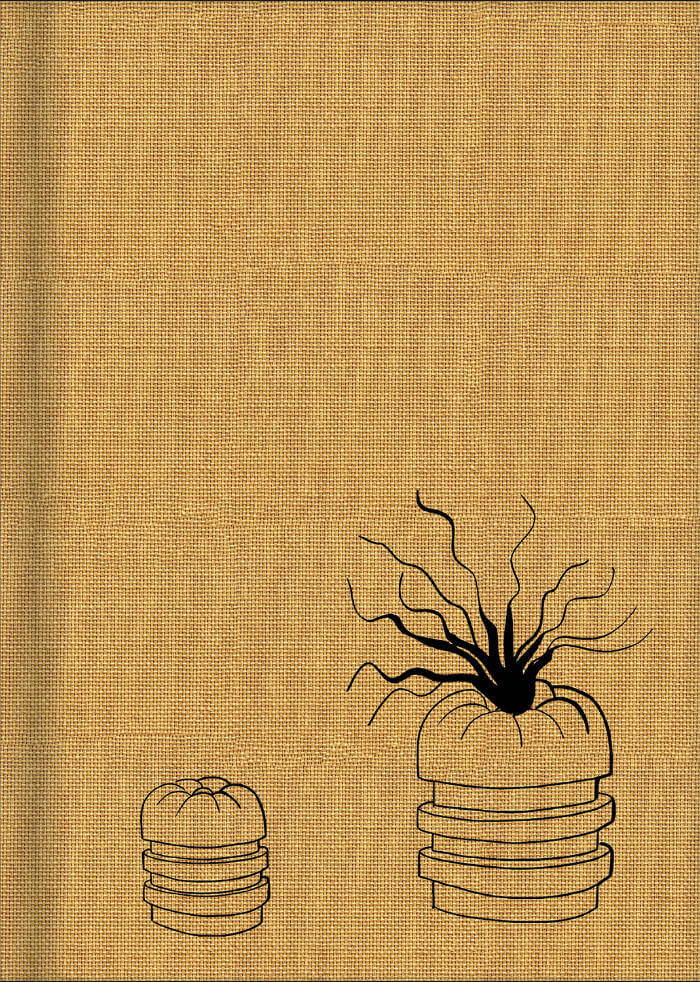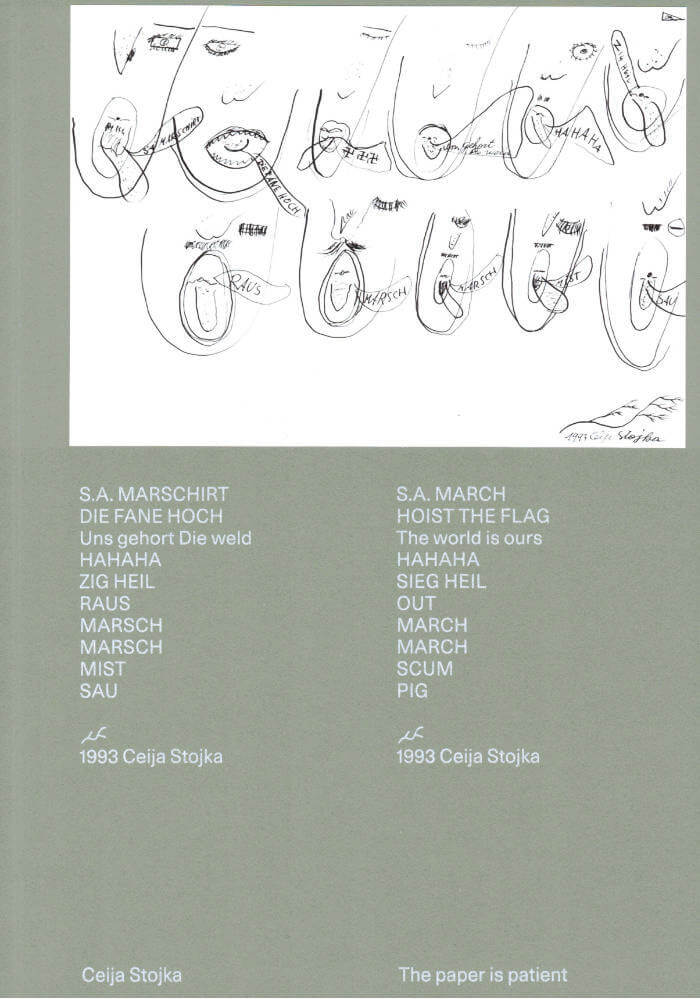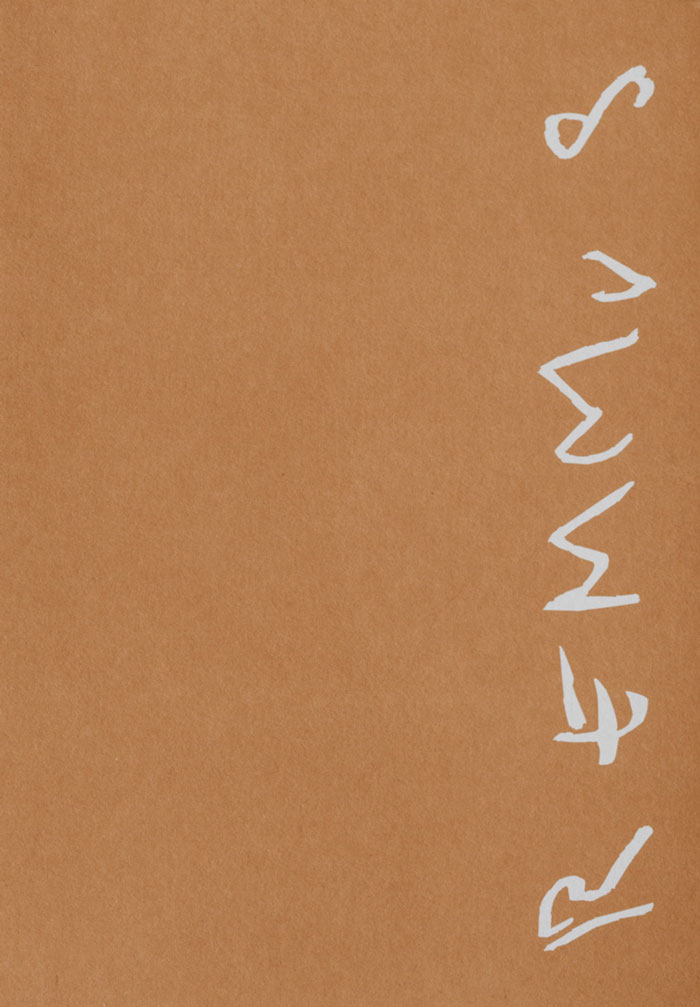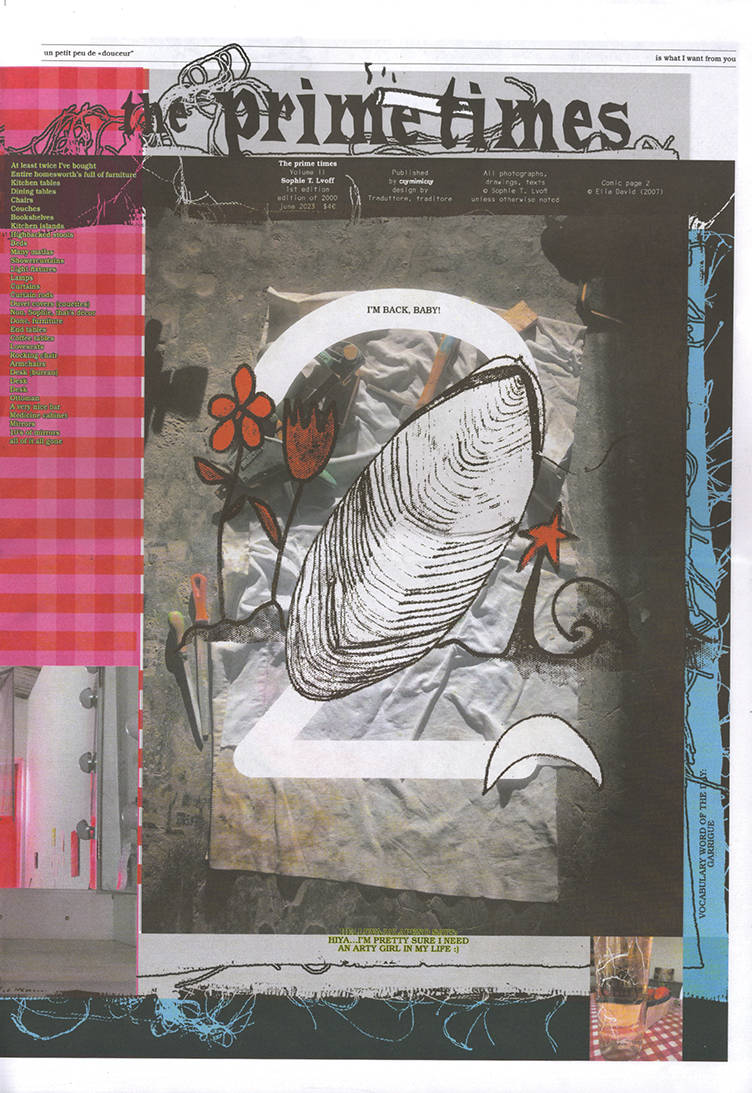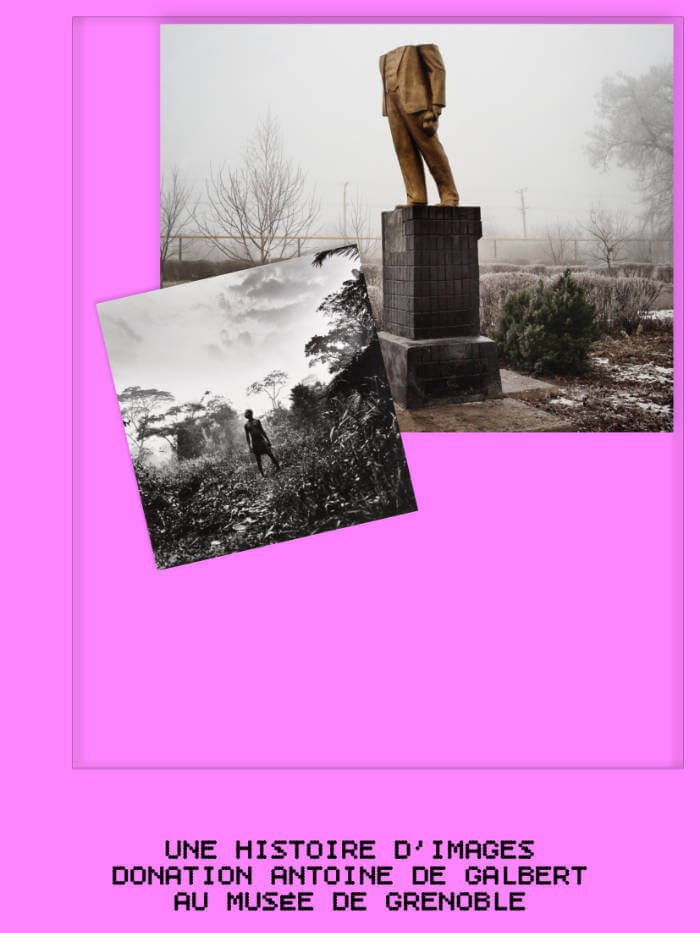
A history of images / Une histoire d'images
Noëlig Le Roux, Guy Tosatto, Antoine de Galbert
Through more than 500 images by 95 photographers, the Musée de Grenoble's collection of photographs from Antoine de Galbert's collection and his foundation offers an impressive panorama of our times and the decisive role played by photography in shaping our perceptions and contemporary mythologies.
Works by Aalam, Bani Abidi, Antoine d'Agata, Lucien Aigner, Pilar Albarracín, Yolanda Andrade, Sammy Baloji, Ion Bîrlădeanu, Eric Baudelaire, Philippe Bazin, Guillaume Binet, Alain Bizos, Antoni Campana, Mario Carnicelli, Henri Cartier-Bresson, Jean-Philippe Charbonnier, Chieh-Jen Chen, Roman Cieslewicz, Christian Courrèges, David Damoison, Philippe De Gobert, Luc Delahaye, Bernard Descamps, Jean-Marie Donat, Alfred Eisenstaedt, Sandra Eleta, Fouad Elkoury, Charles Fréger, Alberto García-Alix, Laurence Geai, Agnes Geoffray, Julien Gester, Stephan Gladieu, David Goldblatt, Hengameh Golestan, Cosmin Gradinaru, Guillaume Herbaut, Chester Higgins, Kati Horna, John Isaacs, Olivier Jobard, Alain Keler, Yevgeny Khaldeï, Chris Killip, Sirkka-Liisa Konttinen, Oleg Kulik, Olivier Laban-Mattei, Stéphane Lagoutte, Dorothea Lange, Le Tiers Visible, Arthur Leipzig, Alexandre Lewkowicz, Pascal Maître, Yuri Mechitov, Davood Maeili, Edouard Méhomé, Georges Melet, Lívia Melzi, Boris Mikhaïlov, Lisette Model, Etienne Montes, Yan Morvan, Genevieve Naylor, Vladimir Nikitin, Martin Parr, Paolo Pellegrin, Mathieu Pernot, Gilles Raynaldy, Marc Riboud, Sophie Ristelhueber, Hugo Schmölz & Karl Hugo Schmölz, Chantal Stoman, Paul Strand, Mikhael Subotzky, Barthélémy Toguo, Tomasz Tomaszewski, James-Iroha Uchechukwu, Alex Van Gelder, Erwan Venn, Weegee, Where dogs run, Sue Williamson, Wiktoria Wojciechowska, Pavel Wolberg, Tom Wood, Patrick Zachmann, Miron Zownir.
Texts by Antoine de Galbert, Guy Tosatto, Noëlig Le Roux, Antoine Champenois, Joséphine Givodan.
Published on the occasion of the eponymous exhibition at the musée de Grenoble from December 2023 to March 2024.
